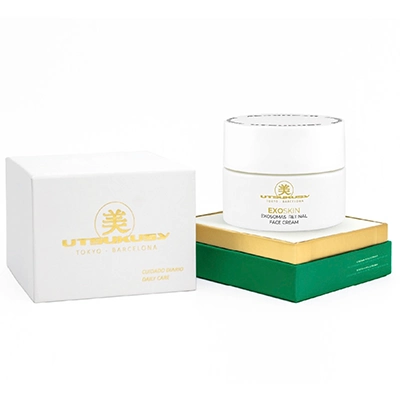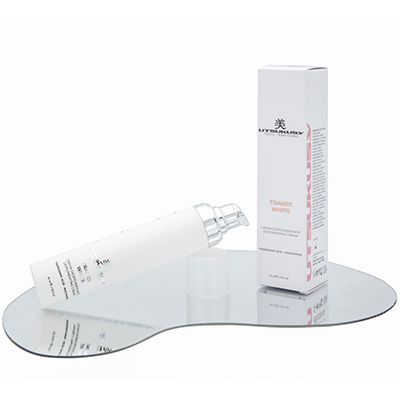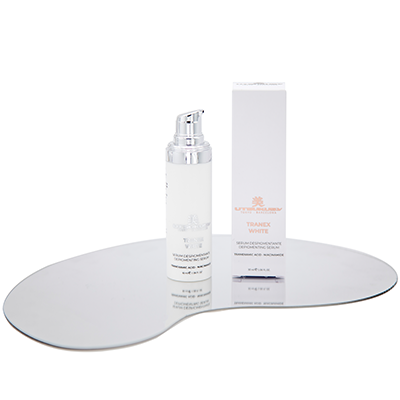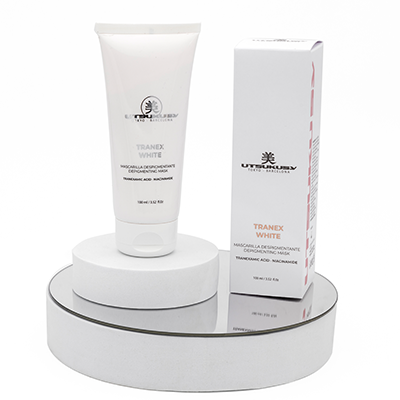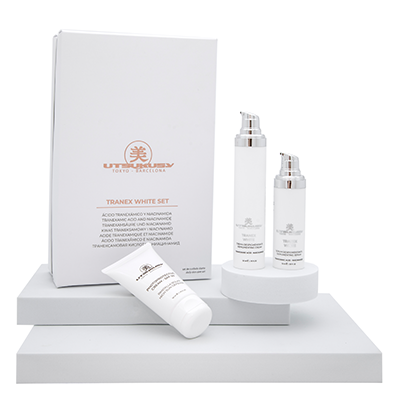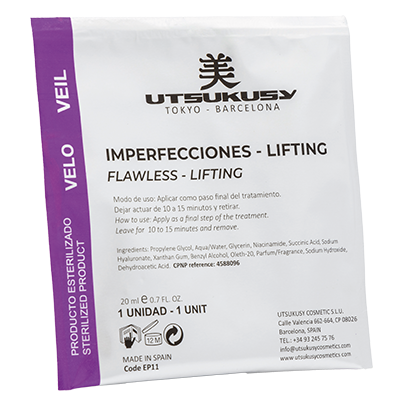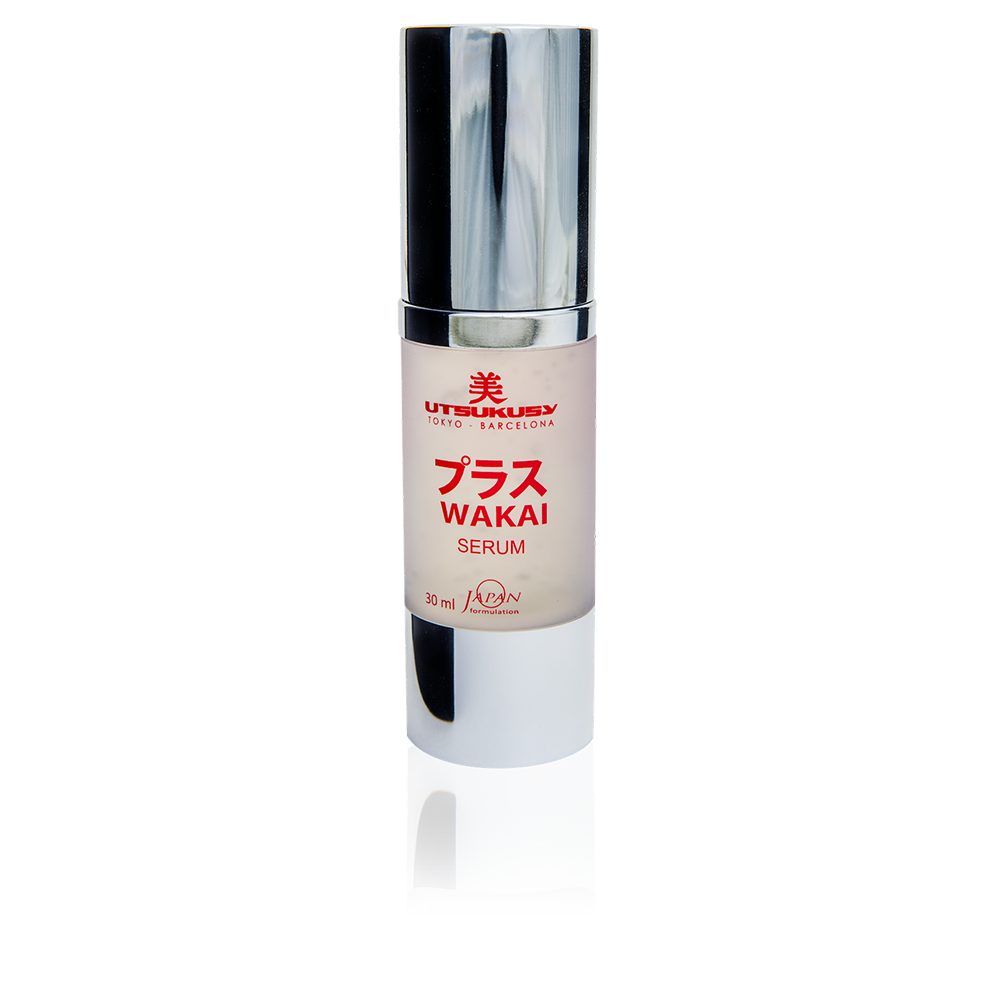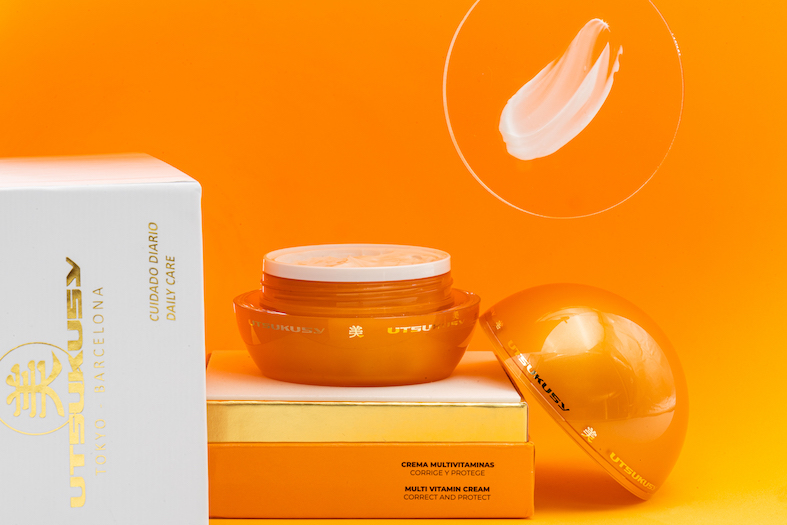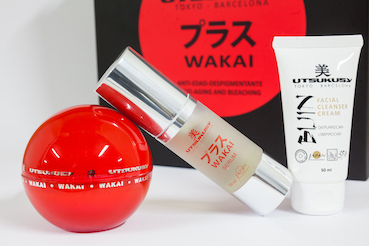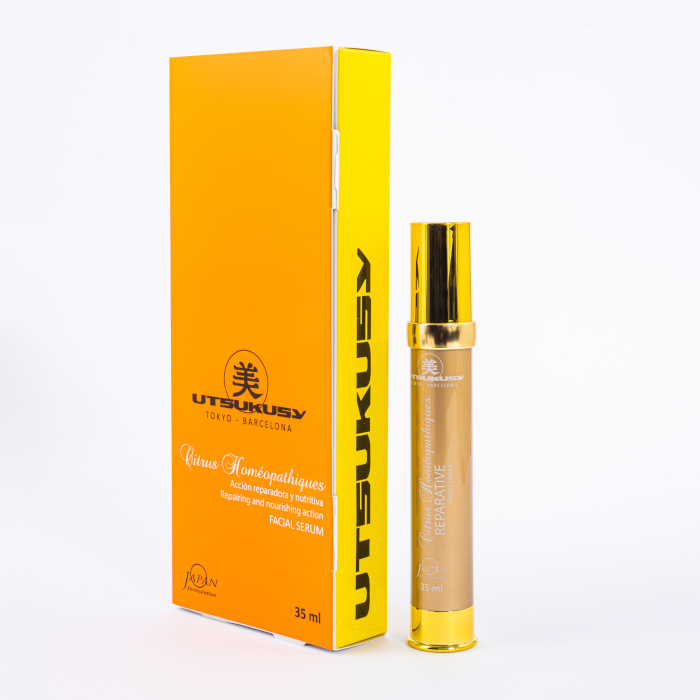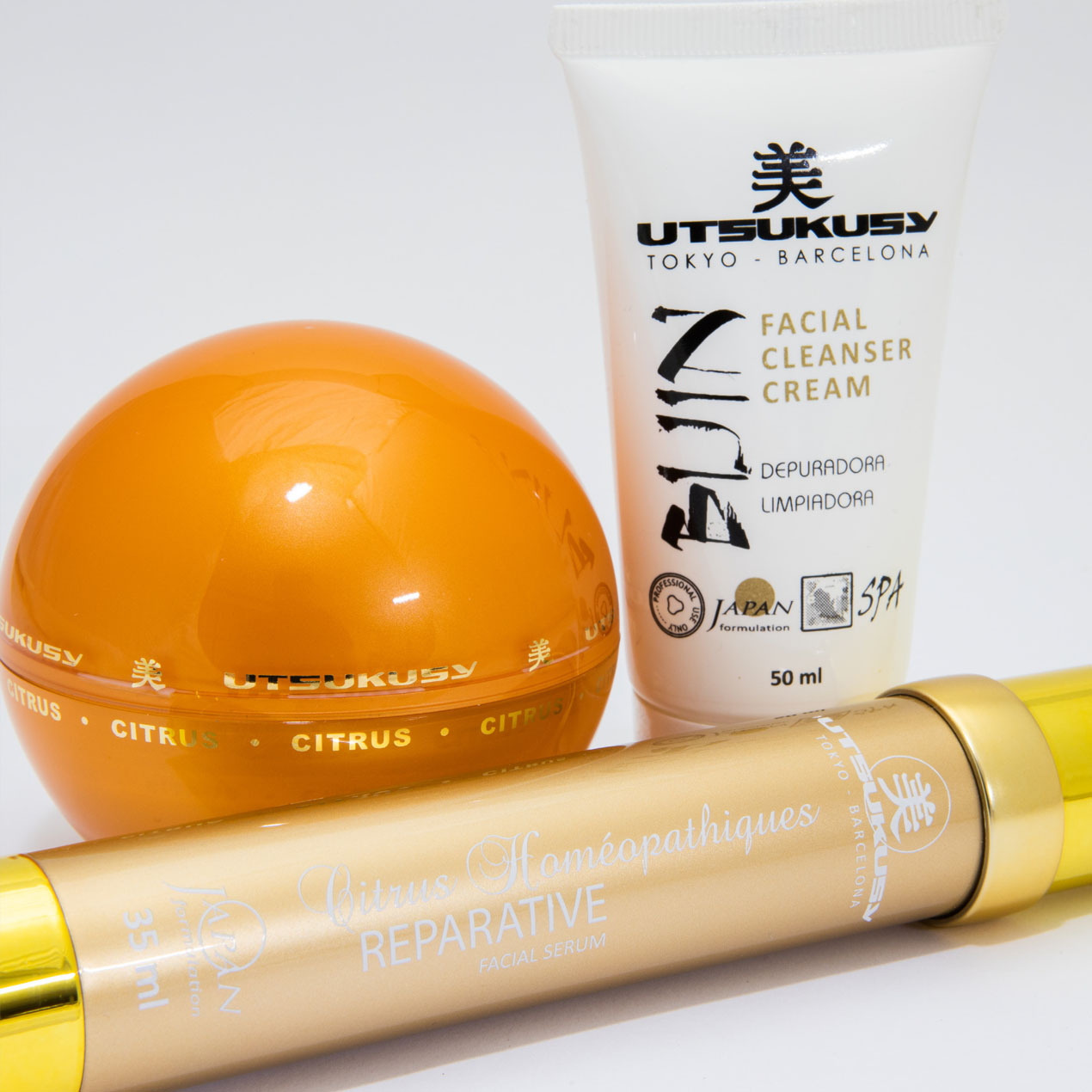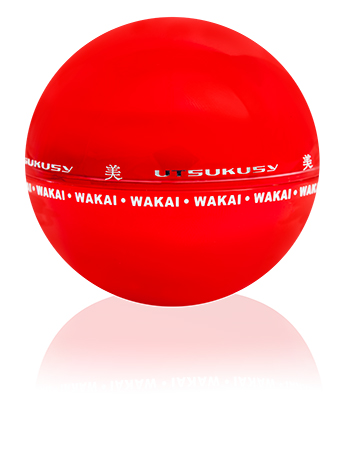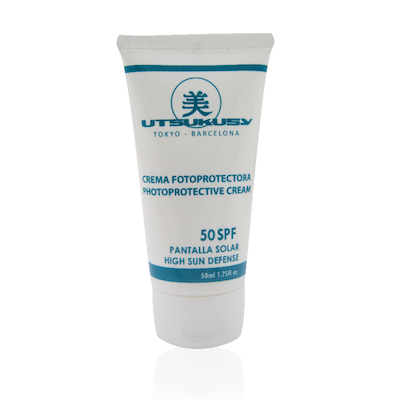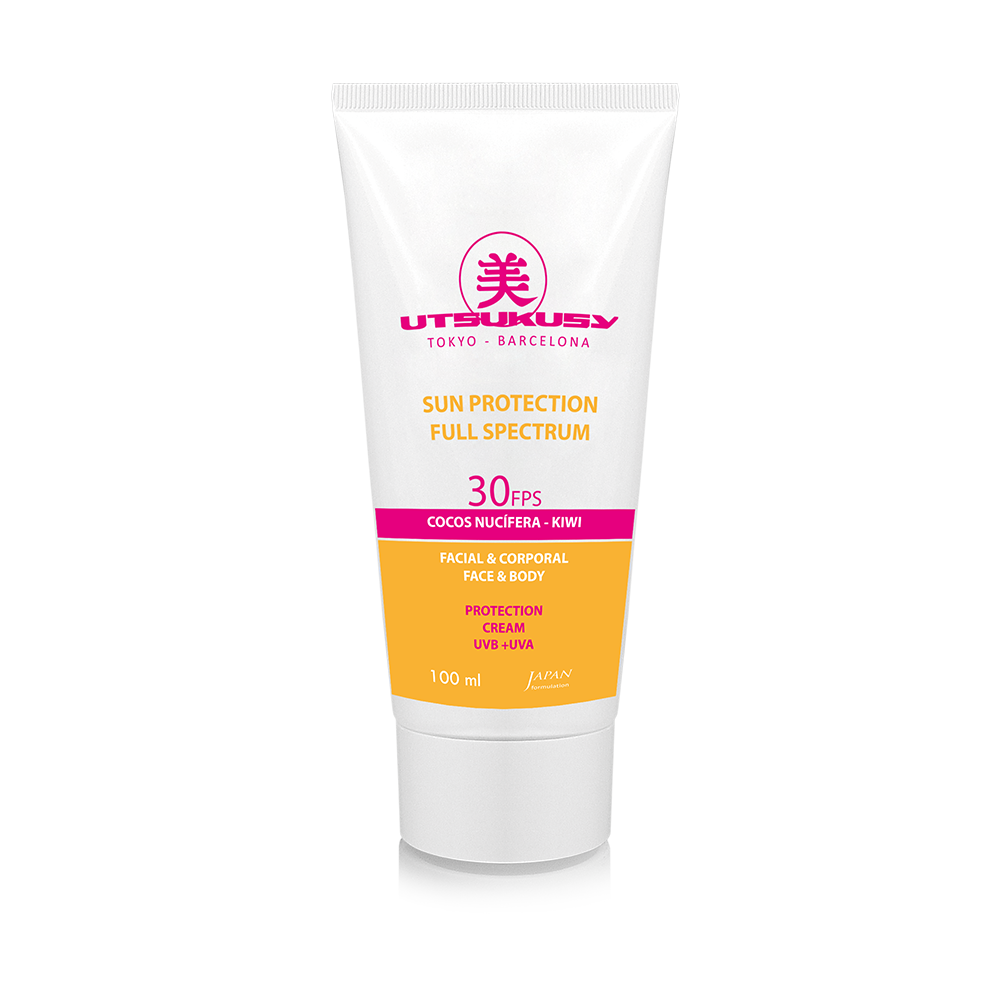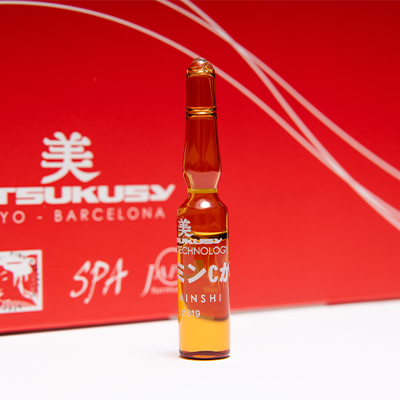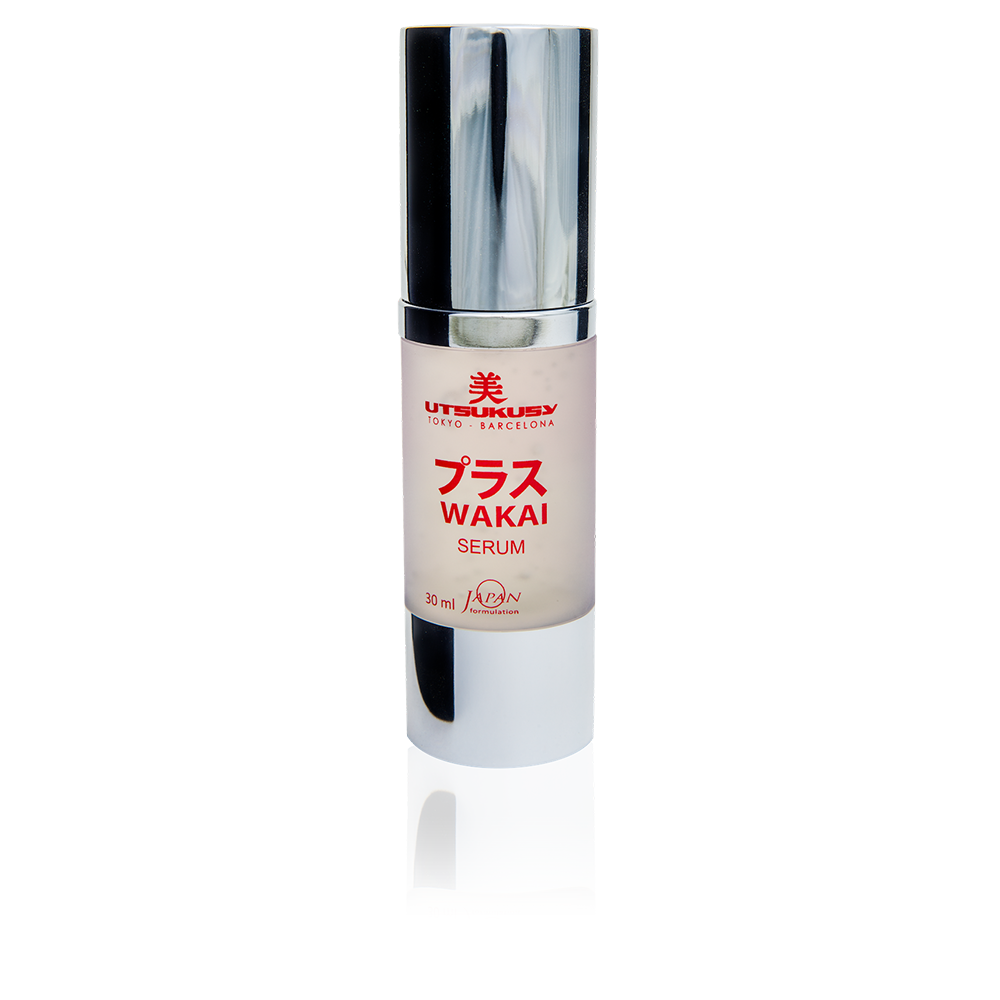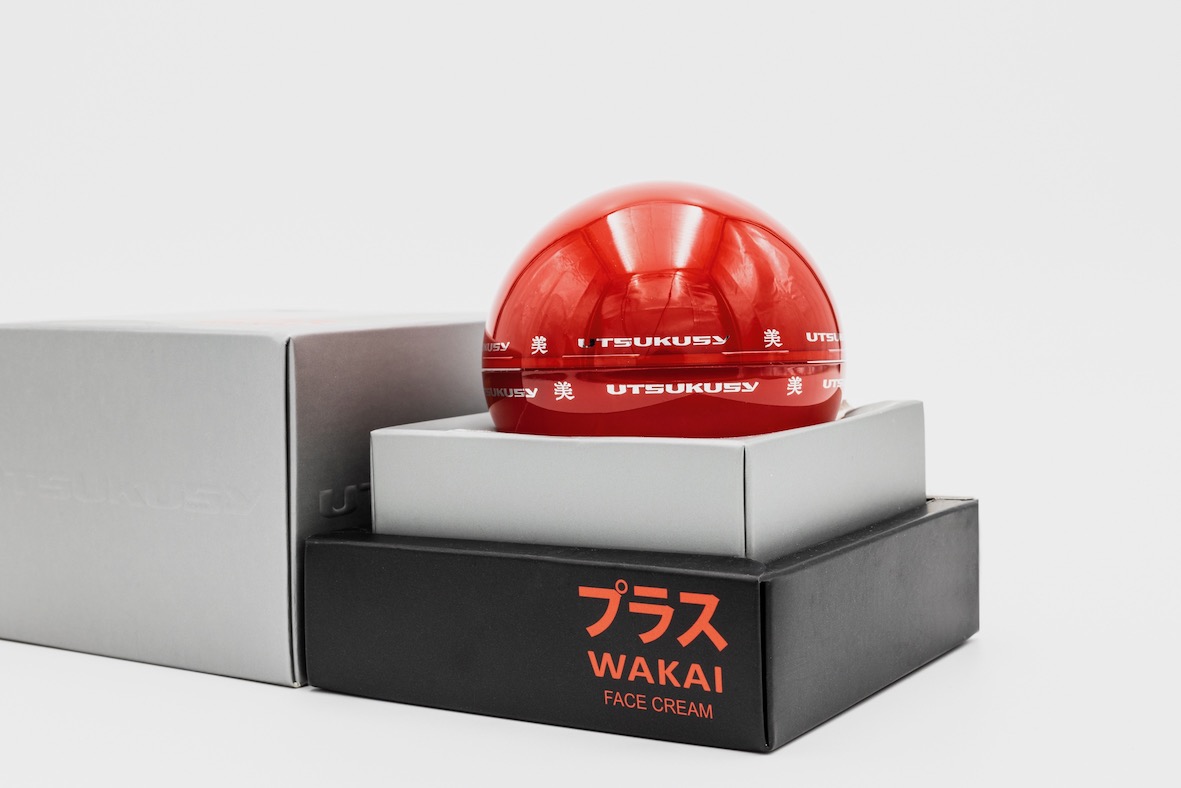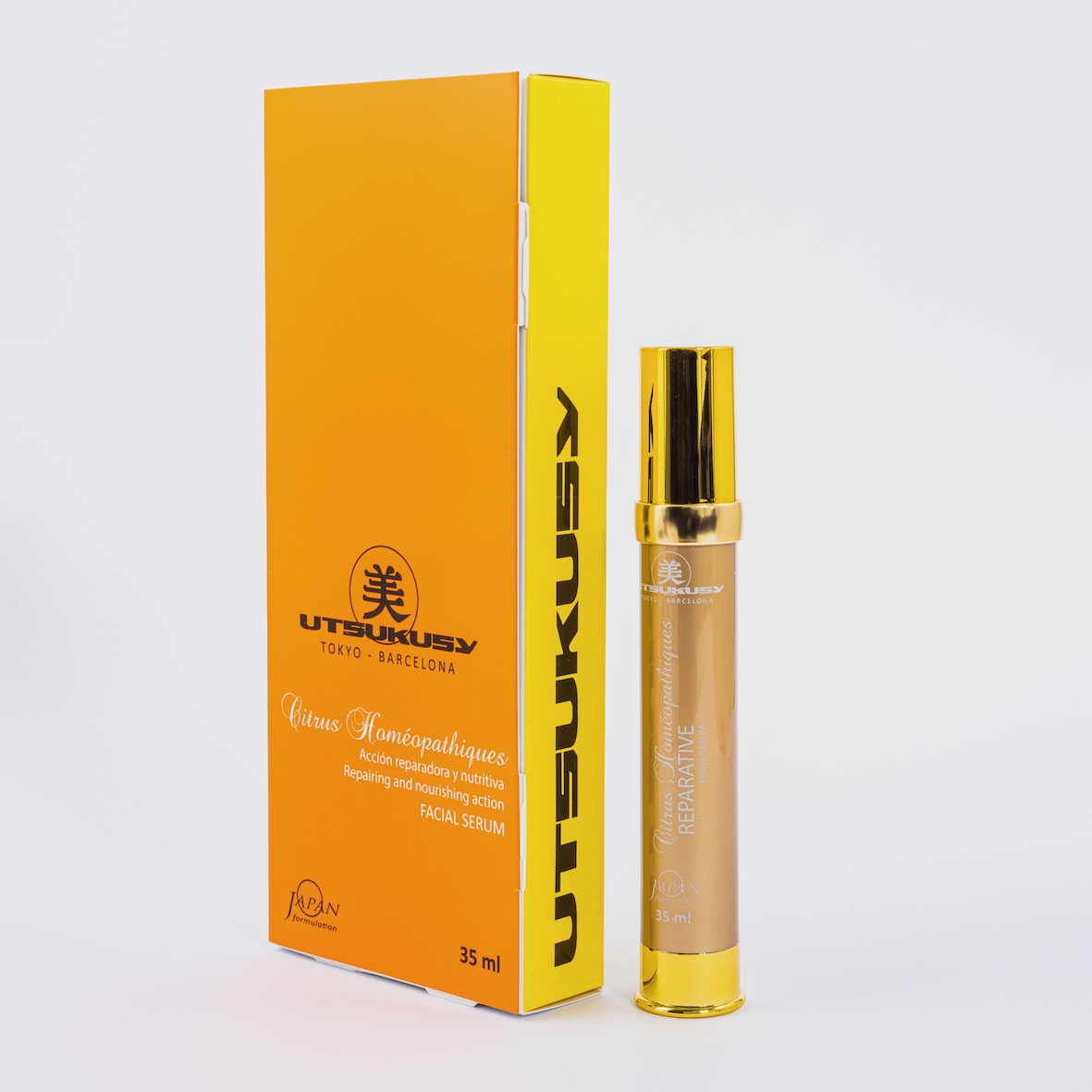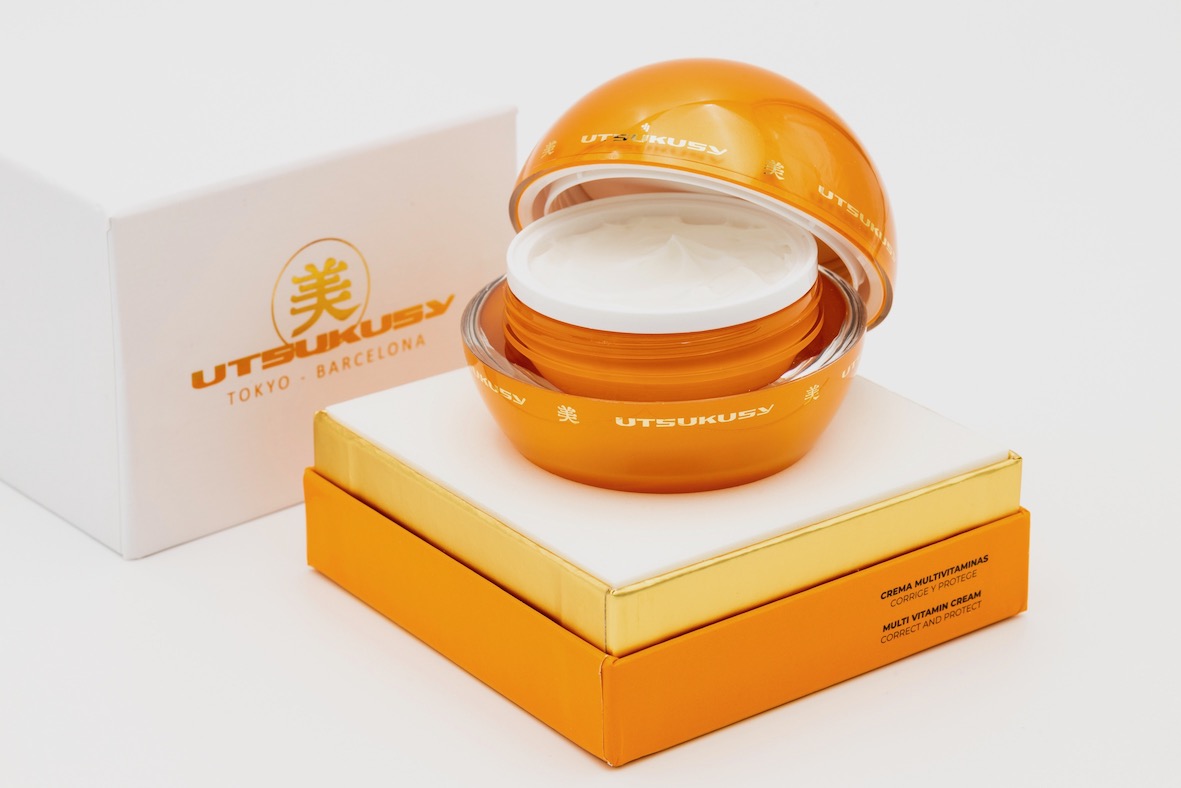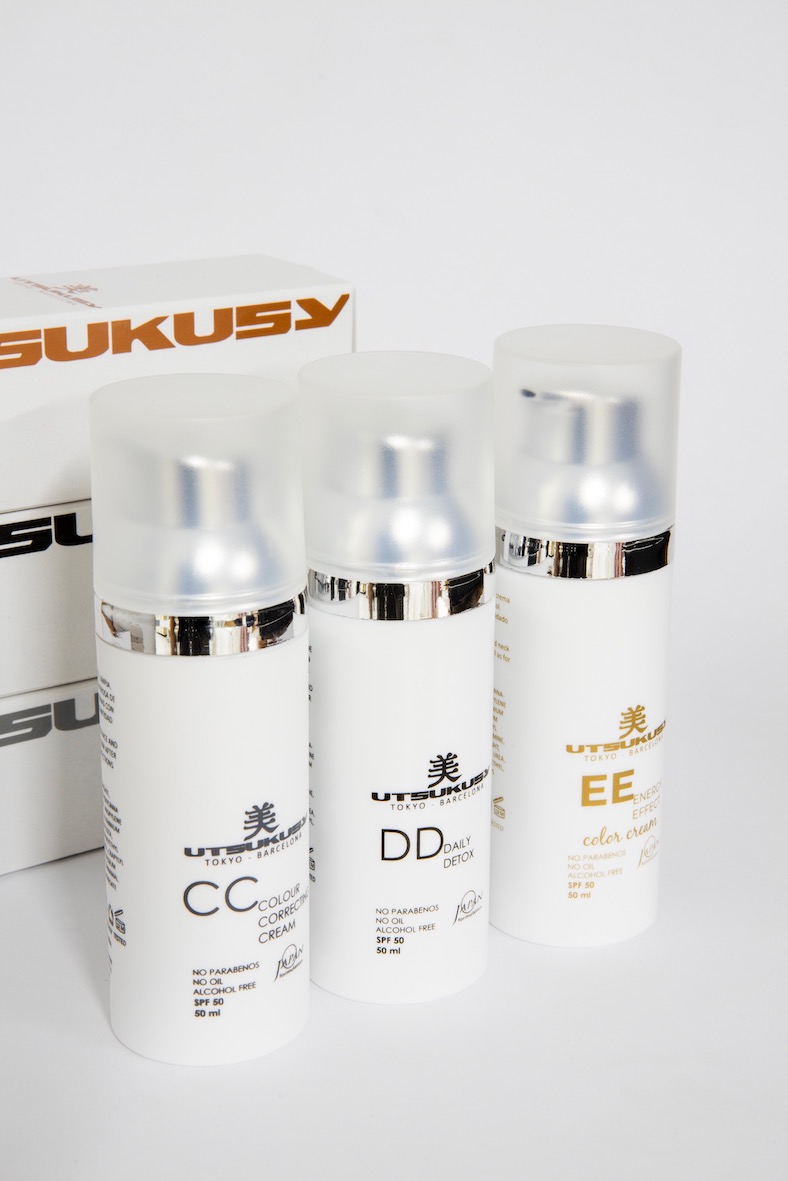Pigment spots/age spots
Content: 50 ml (€199.80* / 100 ml)
Content: 50 ml (€129.80* / 100 ml)
Content: 30 ml (€223.00* / 100 ml)
Content: 3 Stück (€46.63* / 1 Stück)
Content: 20 ml (€349.50* / 100 ml)
Content: 35 Milliliter (€111.43* / 100 Milliliter)
previously €49.00*
Content: 56 Milliliter (€133.75* / 100 Milliliter)
Content: 35 Milliliter (€199.71* / 100 Milliliter)
Content: 50 Milliliter (€99.80* / 100 Milliliter)
previously €59.90*
Table of contents - Pigment spots / age spots - causes, treatment and effective cosmetic products
- What are pigment spots?
- Types of pigment spots
- Causes of pigment spots
- Treatment options for pigmentation spots
- Frequently asked questions about pigment spots
- Conclusion
You've come to the right place to find out more about pigmentation spots and discover effective cosmetic products to treat these skin problems.
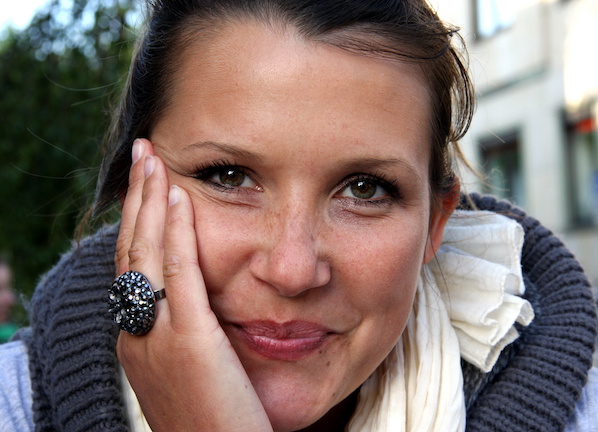
What are pigmentation spots?
Pigmentation spots, also known as age spots or hyperpigmentation, are darker areas of skin caused by excessive production of melanin. Melanin is the pigment that gives our skin its colour. If the production of melanin is uneven, pigmentation spots can develop. These spots usually appear on areas of the skin that are particularly exposed to the sun, such as the face, hands, shoulders and arms.
Types of pigment spots
There are different types of pigment spots that can develop due to different causes and mechanisms. Here are some of the most common types of pigment spots:
1. sun spots
Also known as sun spots or age spots, these pigment spots appear as a reaction to long-term exposure to the sun. They are usually flat, round or oval and are light brown to dark brown in colour. Sunspots often appear on the face, hands, shoulders and other areas exposed to the sun. UV rays can stimulate the melanocytes in the skin and lead to excessive production of melanin, resulting in sunspots.
2. melasma
Melasma is a form of pigmentation that occurs mainly in women, especially during pregnancy or hormonal changes. It is characterised by larger, irregularly defined patches of a darker brown or grey colour. Melasma often appears on the face, particularly on the forehead, cheeks, upper lip and chin. Hormonal changes can lead to an overproduction of melanin, which manifests as melasma.
3. post-inflammatory hyperpigmentation
This type of pigmentation occurs after inflammation or injury to the skin, such as acne, burns or injuries. The affected areas can be dark brown to black in colour and occur due to increased melanin production in response to the inflammation. Post-inflammatory hyperpigmentation can be temporary and fade over time, but in some cases it can persist for longer.
4. lentigines
Lentigines, also known as liver spots or senile lentigines, are flat, brown spots that often appear with age. Unlike sunspots, lentigines are not directly related to sun exposure, but are caused by an accumulation of melanin in certain skin cells. They can appear on different parts of the body, including the face, hands and shoulders.
5. nevus
Naevi, or moles, are pigmented spots that may be present from birth or develop over time. They can be flat or raised and come in a variety of colours, from light brown to dark brown or even black. Moles are caused by an accumulation of melanocytes in the skin and can appear anywhere on the body.
It is important to note that not all pigmentation marks require medical concern. However, it is advisable to observe any changes in the shape, size or colour of pigmentation marks and if you are concerned, consult a dermatologist for an accurate diagnosis and further treatment measures if necessary.
Causes of pigment spots
The different types of pigmentation spots have different causes that can contribute to their development. Here are the most common causes for each type of pigmentation:
1. sun spots
Sun spots are mainly caused by long-term exposure to the sun. The sun's UV rays penetrate the skin and stimulate the melanocytes, specialised cells in the skin that are responsible for producing melanin. Repeated exposure to UV rays results in excessive production of melanin, which leads to a build-up in certain skin cells and ultimately results in sunspots. Those with lighter skin are more prone to sunspots as their skin produces less melanin to protect itself from the harmful effects of the sun.
2. melasma
Melasma is caused by a combination of genetic factors, hormonal changes and sun exposure. Hormones such as oestrogen and progesterone are thought to stimulate melanocytes and lead to excessive production of melanin. Pregnancy, hormonal contraceptives and hormonal changes associated with menstruation can favour the development of melasma. Sun exposure is also a key factor, as UV rays can further stimulate the production of melanin and make the spots darker and more pronounced.
3. post-inflammatory hyperpigmentation
Post-inflammatory hyperpigmentation occurs in response to inflammation or injury to the skin. When the skin is damaged, whether by acne breakouts, burns, cuts or other types of injury, it reacts with an inflammatory response. As a result, melanocytes are activated and there is an increased production of melanin, which can lead to hyperpigmentation. People with darker skin are more prone to post-inflammatory hyperpigmentation.
4. lentigines
Lentigines are caused by an accumulation of melanin in certain skin cells called melanocytes. The exact cause of the development of lentigines is not fully understood, but they are linked to a combination of genetic predispositions and the natural ageing of the skin. Although they are often referred to as "age spots", lentigines can also occur in younger people. Sun exposure can also play a role, as UV rays can affect melanocyte activity and contribute to the development of lentigines.
5. nevus
Moles or naevi can be congenital or develop over the course of a lifetime. The exact cause of nevi formation is not fully known, but genetic predispositions play a role. Mutations in certain genes can cause melanocytes to be present in excessive numbers or abnormally in the skin. Sun exposure can also influence the development of nevi and contribute to their pigmentation.
It is important to note that the exact causes of pigmentation can be complex and can vary from person to person. It is advisable to consult a dermatologist if you have any concerns to get an accurate diagnosis and initiate appropriate treatment.
Treatment options for pigmentation spots
1. sun protection
The best approach to preventing and treating pigmentation is to protect the skin from harmful UV rays. Use a broad spectrum sunscreen with at least SPF 30 daily and apply it generously to all exposed skin areas. Effective sun protection not only reduces the risk of new pigmentation spots, but also helps to lighten existing spots. We recommend Utsukusy Sun Cream with SPF 50 for the face and Utsukusy Sun Cream with SPF 30 for the body.
Sun cream with SPF 50 from Utsukusy Cosmetics
Sun cream with SPF 30 from Utsukusy Cosmetics
2. skin lightening ingredients
There are a variety of skin lightening ingredients that can help treat pigmentation spots. Some of the most effective ingredients are:
- Vitamin C: An antioxidant that inhibits melanin production and lightens skin tone.
- Alpha-Arbutin: An herbal ingredient that reduces melanin production and lightens pigmentation spots.
- Melavoid: Melavoid is an innovative active ingredient extracted from the root of the Boerhavia Diffusa plant. It works on several levels to reduce the formation of melanin and lighten existing pigmentation spots. Melavoid inhibits tyrosinase activity and reduces the transfer of melanin to the skin cells. This inhibits the formation of new pigment spots and lightens existing spots. Products containing Melavoid can be available in the form of creams or serums and are recommended for the targeted treatment of pigmentation spots.
- Niacinamide: Also known as vitamin B3, niacinamide has a balancing effect on skin pigmentation and helps to reduce pigmentation spots.
- Kojic acid: A natural acid that inhibits the production of melanin and therefore helps to lighten pigmentation spots.
- Retinol: A vitamin A derivative that promotes skin renewal and fades pigmentation spots.
We recommend the high-dose active ingredient ampoules Bitaminshi with melavoid and vitamin C from Utsukusy Cosmetics.
Bitaminshi active ingredient ampoules from Utsukusy Cosmetics
For dry or mature skin, we recommend the Wkai care line from Utsukusy Cosmetics, as the Wakai serum and Wakai cream combine moisturising anti-ageing care with the brightening active ingredient Melavoid.
Wakai Serum from Utsukusy Cosmetics for the treatment of pigmentation spots and age spots on dry and mature skin.
Wakai Cream from Utsukusy Cosmetics for the treatment of pigmentation spots and age spots on dry and mature skin.
Sun protection with SPF 20 + 10% vitamin C also helps to keep pigmentation spots at bay. The Vitamin Regeneration Serum and the Precision Reviver Vitamin Cream from Utsukusy support you in this.
Vitamin Regenerating Serum from Utsukusy Cosmetics
Precision Reviver Vitamin Cream with SPF 20 from Utsukusy Cosmetics
When using products with skin-brightening ingredients, it is important to follow the manufacturer's instructions and use the products regularly and over a longer period of time to achieve visible results.
3. chemical peels
Chemical peels are an effective treatment method to reduce pigmentation spots. These peels contain special acids such as mandelic acid or trichloroacetic acid, which remove the top layer of skin and reveal the healthier skin underneath. Regular peelings can gradually lighten pigmentation spots. You can find more information on this at www.fruchtsäure-peeling.de.
4. microneedling
Microneedling is an innovative treatment method in which fine needles are used to create tiny micro-injuries in the skin. These tiny injuries stimulate the skin's natural collagen production and promote the regeneration of skin cells. Microneedling can also use lightening serums with ingredients such as melavoid or vitamin C to target pigmentation spots. Microneedling helps to improve the skin structure and gradually lighten pigmentation spots. You can find more information on removing pigmentation spots with microneedling in the article "Removing pigmentation spots with microneedling".
5. laser treatments
Laser treatments are another option for treating pigmentation spots. With this method, high-energy light is directed at the affected areas of skin to break down the excess melanin. Laser treatments can achieve good results, but usually require several sessions and should be performed by an experienced dermatologist.
Frequently asked questions about pigmentation spots
What home remedies help to treat pigmentation spots?
Home remedies such as lemon juice, apple cider vinegar or aloe vera are often recommended as natural treatments for pigmentation spots. However, care should be taken as some of these home remedies can irritate the skin. It is advisable to consult a dermatologist before using home remedies.
Can make-up cover pigmentation spots?
Yes, make-up can be used to temporarily cover pigmentation spots. Choose a high-quality make-up with good coverage and light-reflecting properties to conceal the spots. If you want to cover pigmentation spots and at the same time protect yourself with a high sun protection factor, it is best to use the tinted day creams with SPF 50 from Utsukusy Cosmetics.
The CC Cream, EE Cream and DD Cream from Utsukusy Cosmetics all have a high sun protection factor of 50.
However, they differ in colour:
CC Cream = light
EE Cream = medium
DD Cream = dark
Remember, however, that make-up is not a long-term solution and does not permanently remove spots.
How long does it take for pigmentation spots to fade?
The time it takes for pigmentation spots to fade varies from person to person and depends on the severity of the spots, the treatment methods used and the skincare regime. It can take several weeks to months before visible results are achieved. Patience and continued use of treatment products are important.
Can I prevent pigmentation spots?
The best way to prevent pigmentation is to protect the skin from sun damage. Use sunscreen, wear protective clothing and avoid the sun during the most intense hours. Also, maintain a healthy lifestyle, get enough sleep and eat a balanced diet to support skin health.
Conclusion
Pigmentation spots can be a challenge, but with the right treatments and effective beauty products, you can reduce their appearance and achieve a more even, radiant complexion. Remember that continued use of sun protection and patience when applying treatment products are key. Visit www.beauty.camp and discover our selection of high-quality cosmetic products to effectively combat pigmentation spots and make your skin glow!

